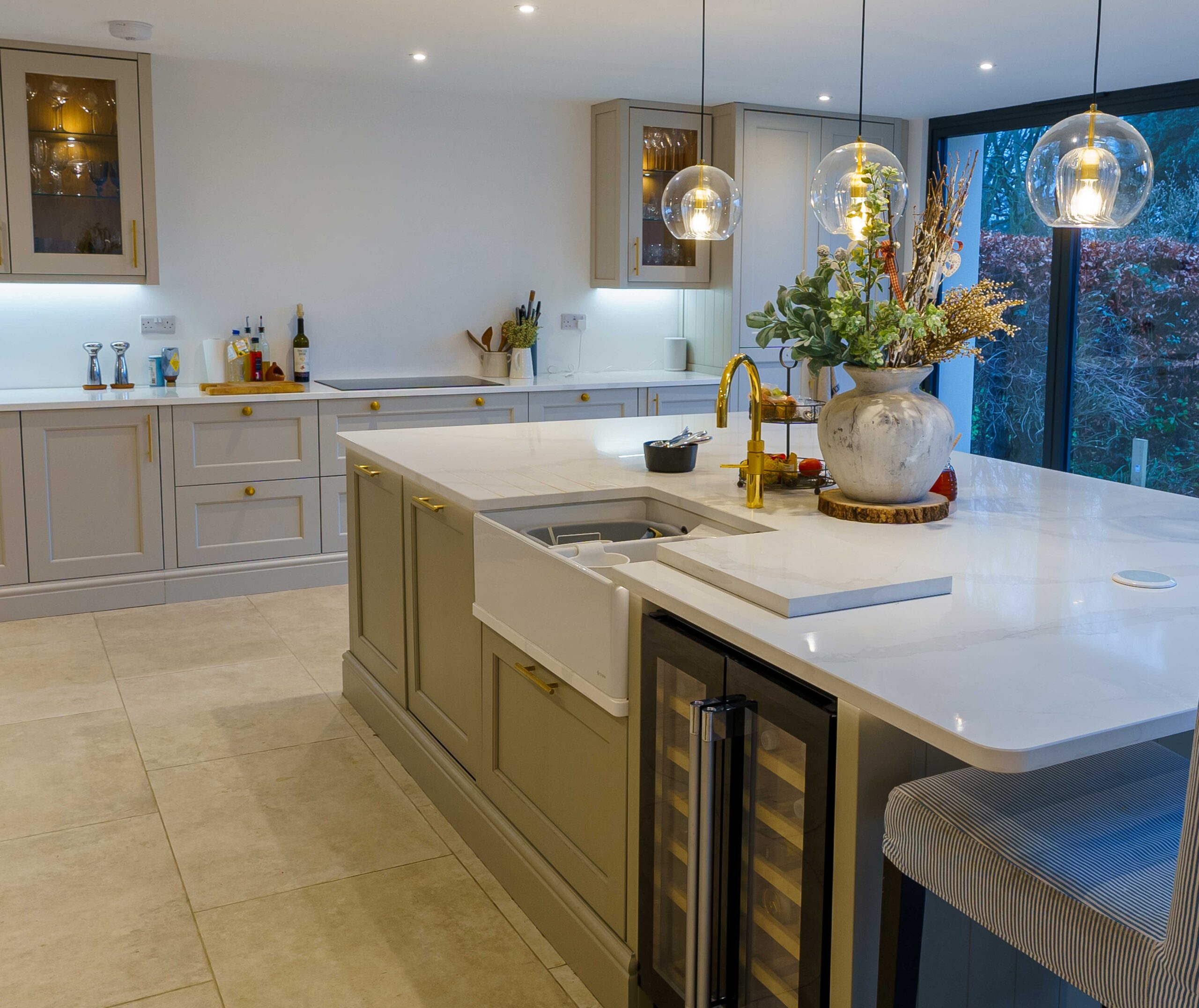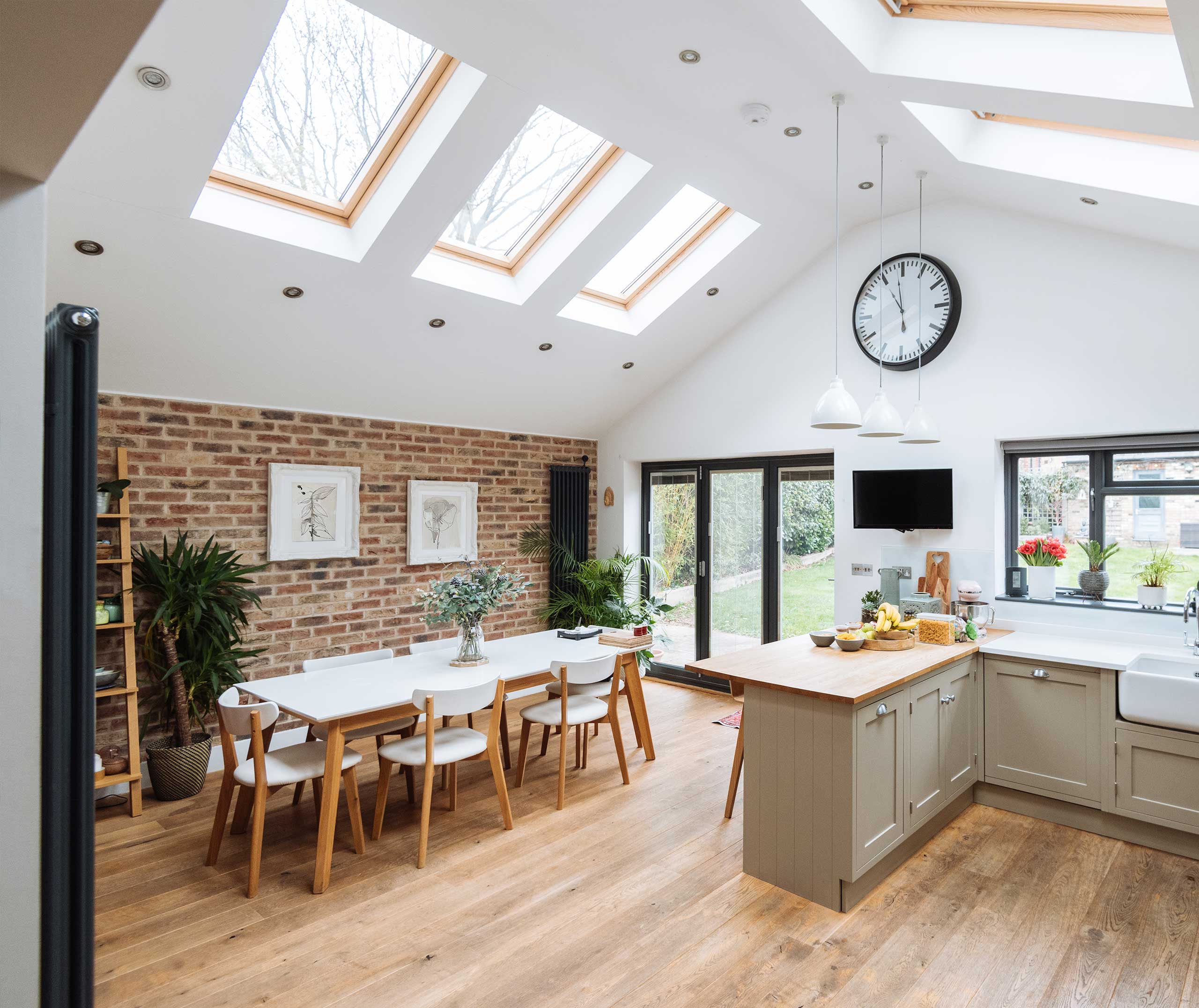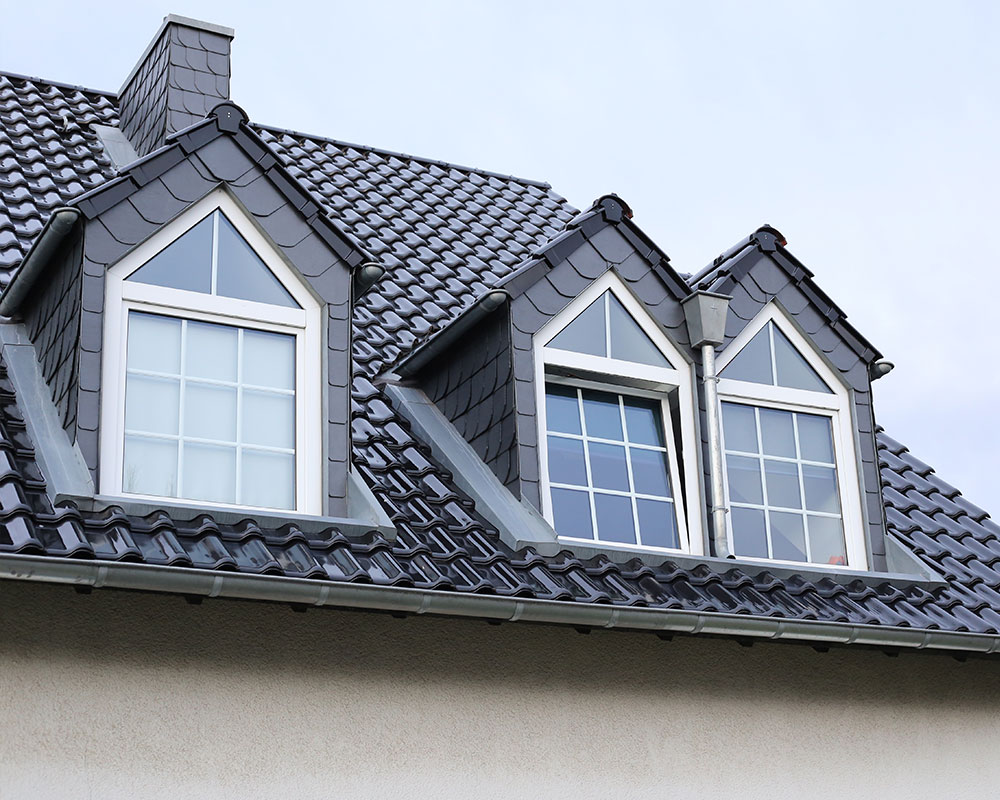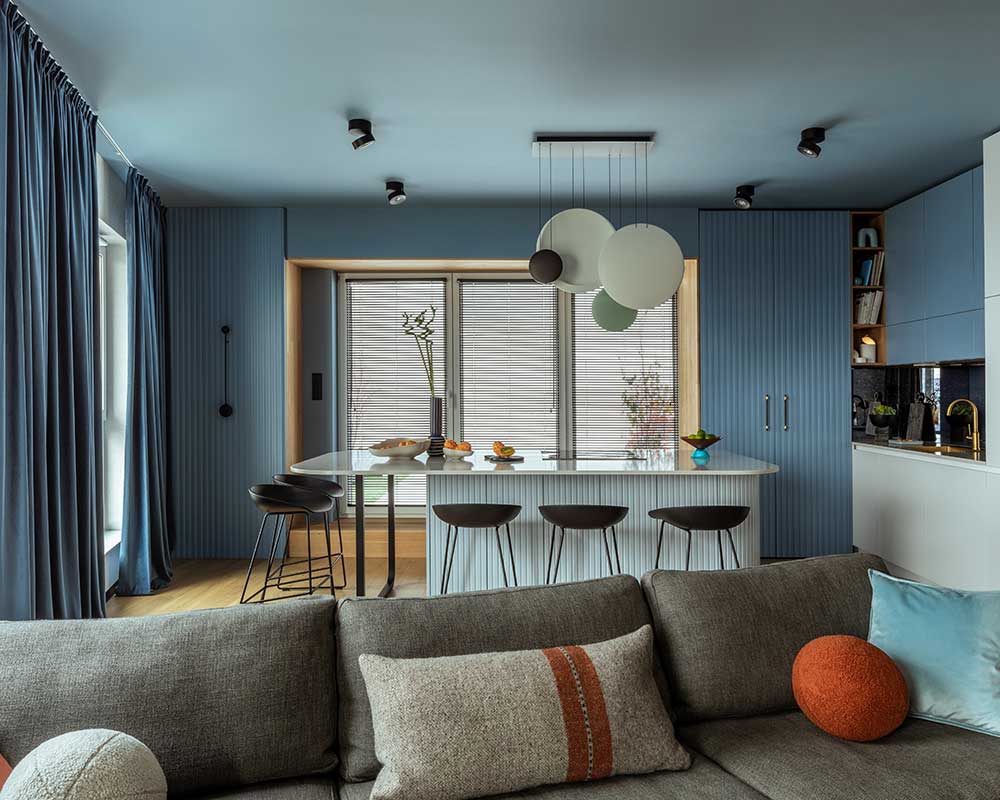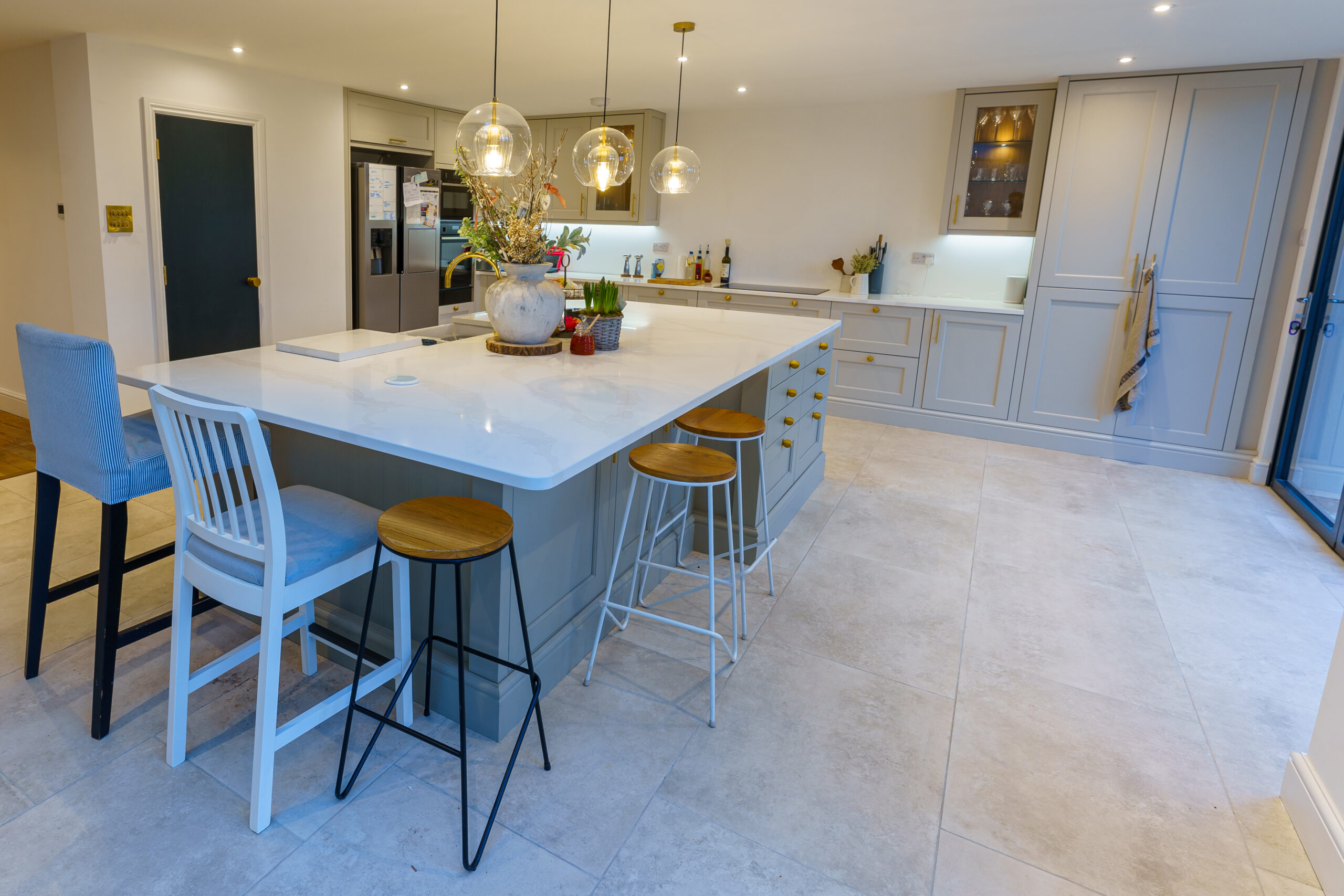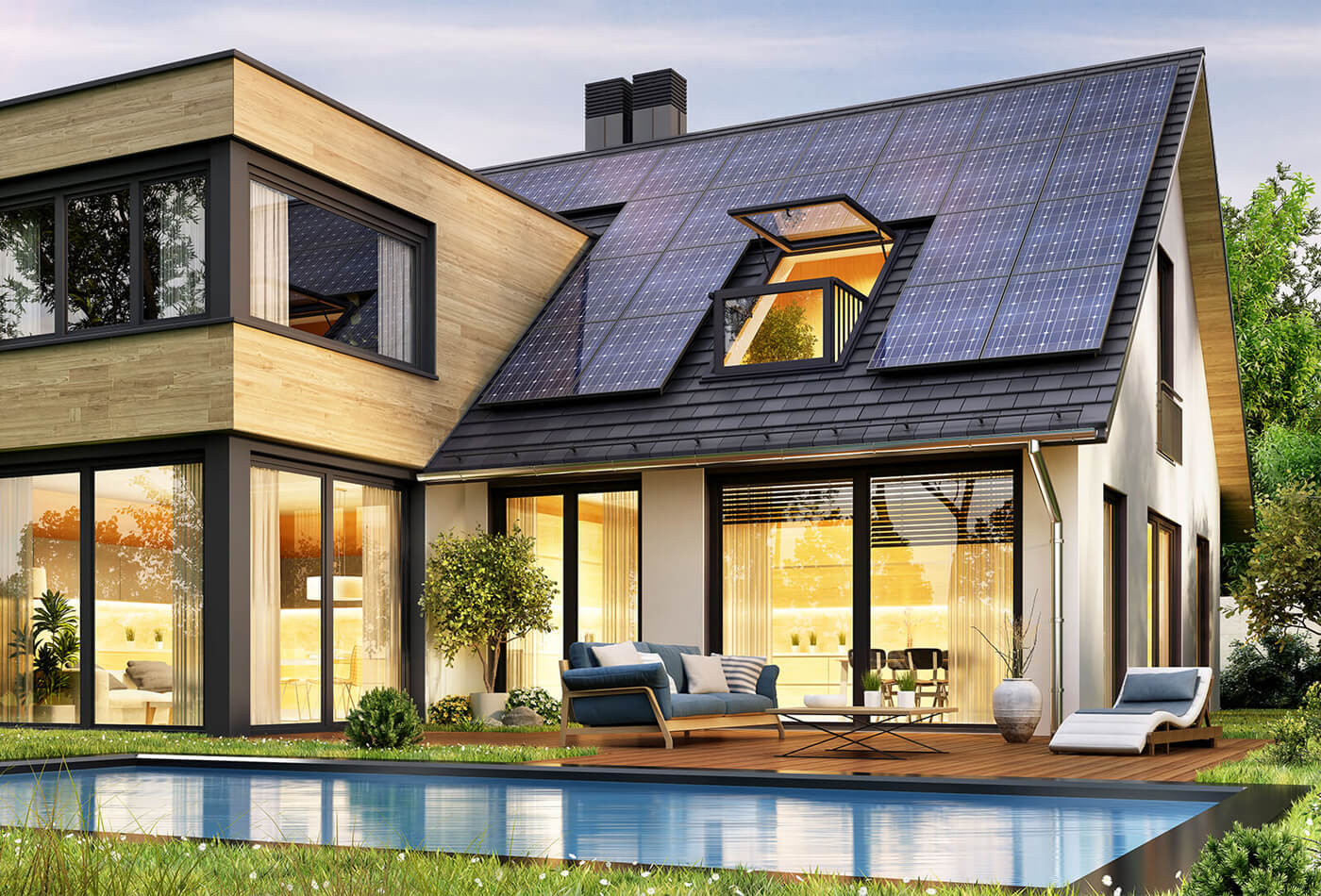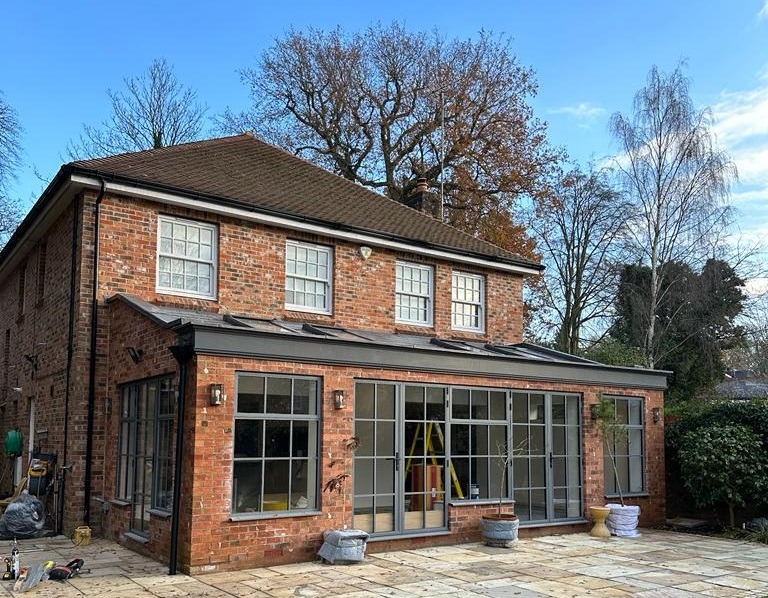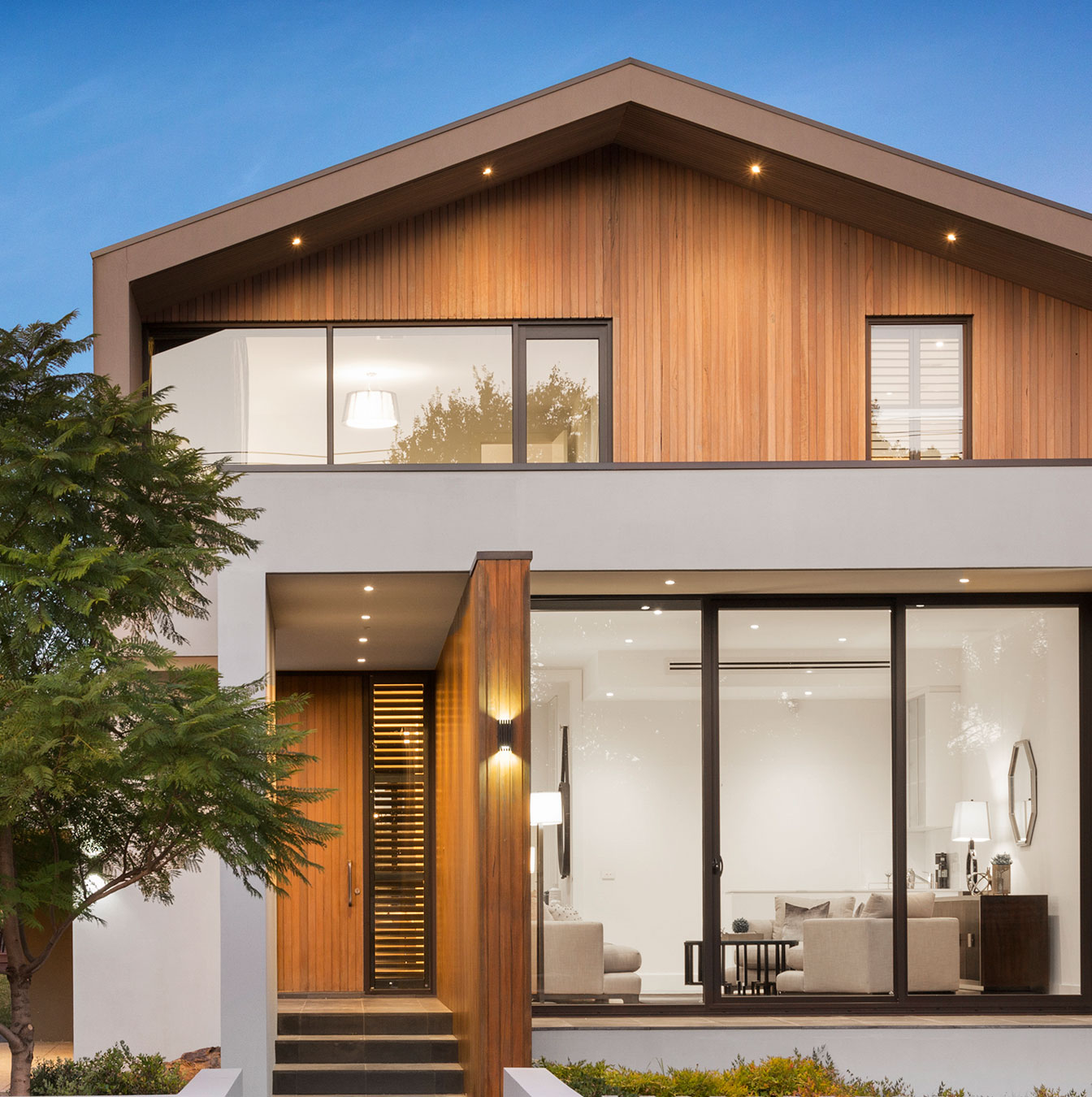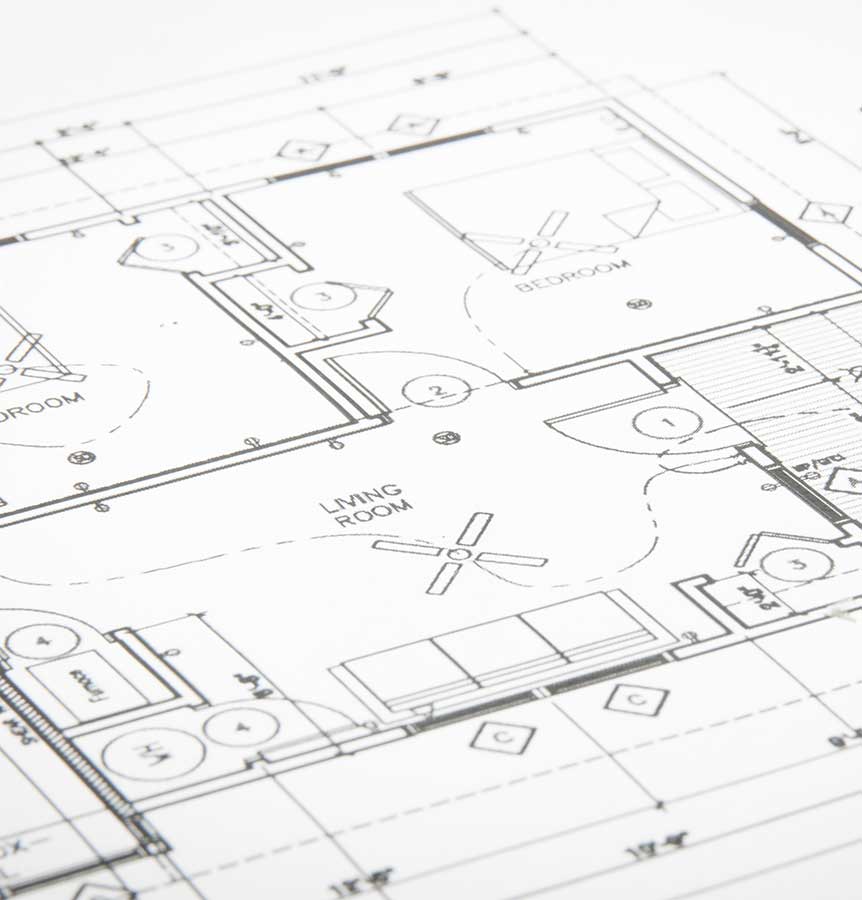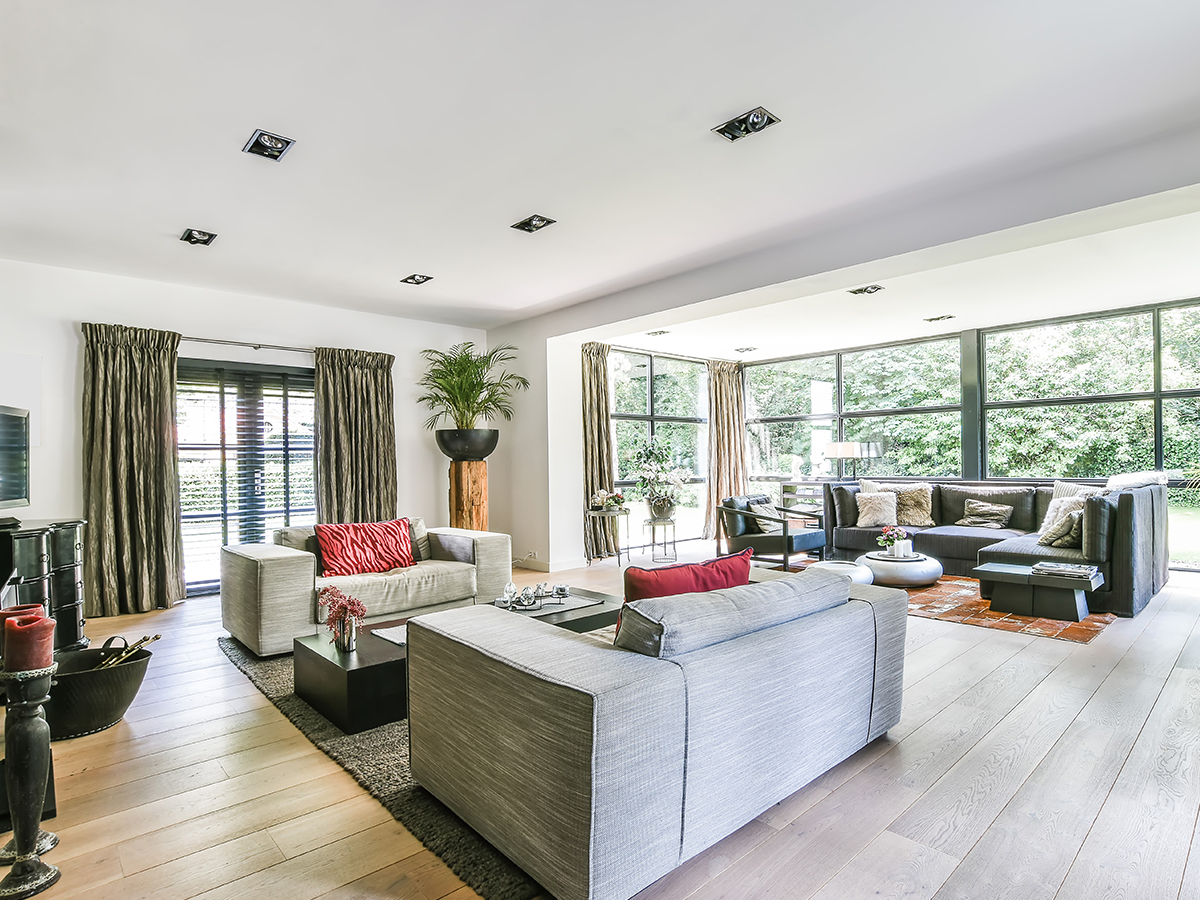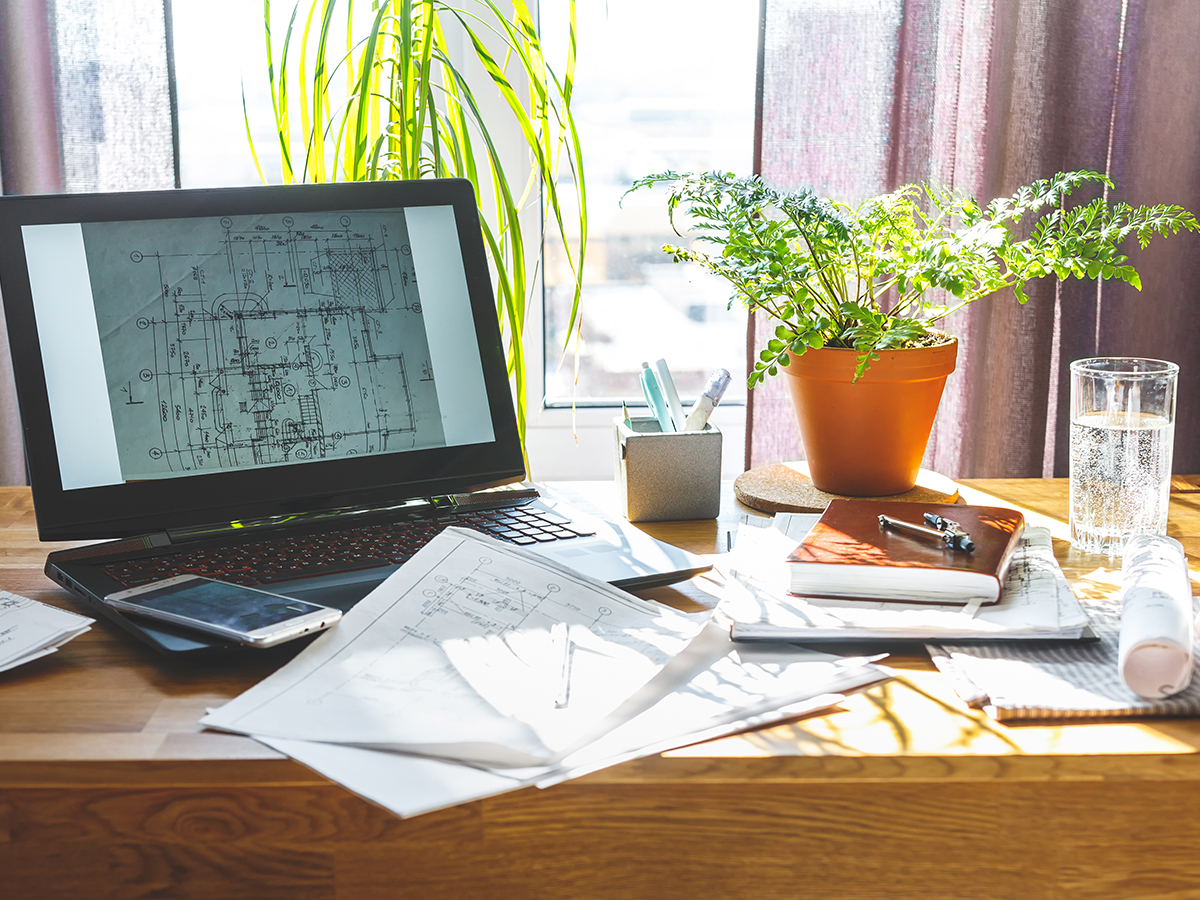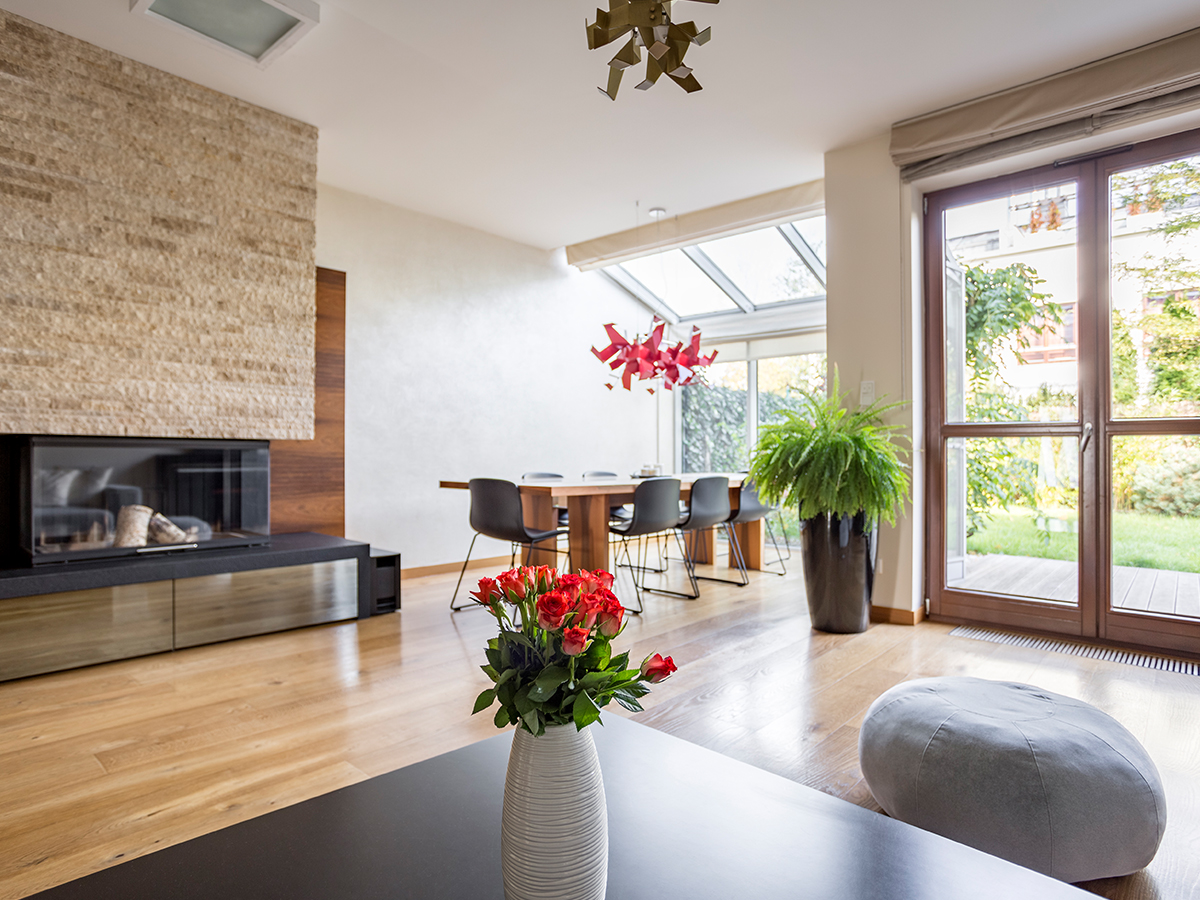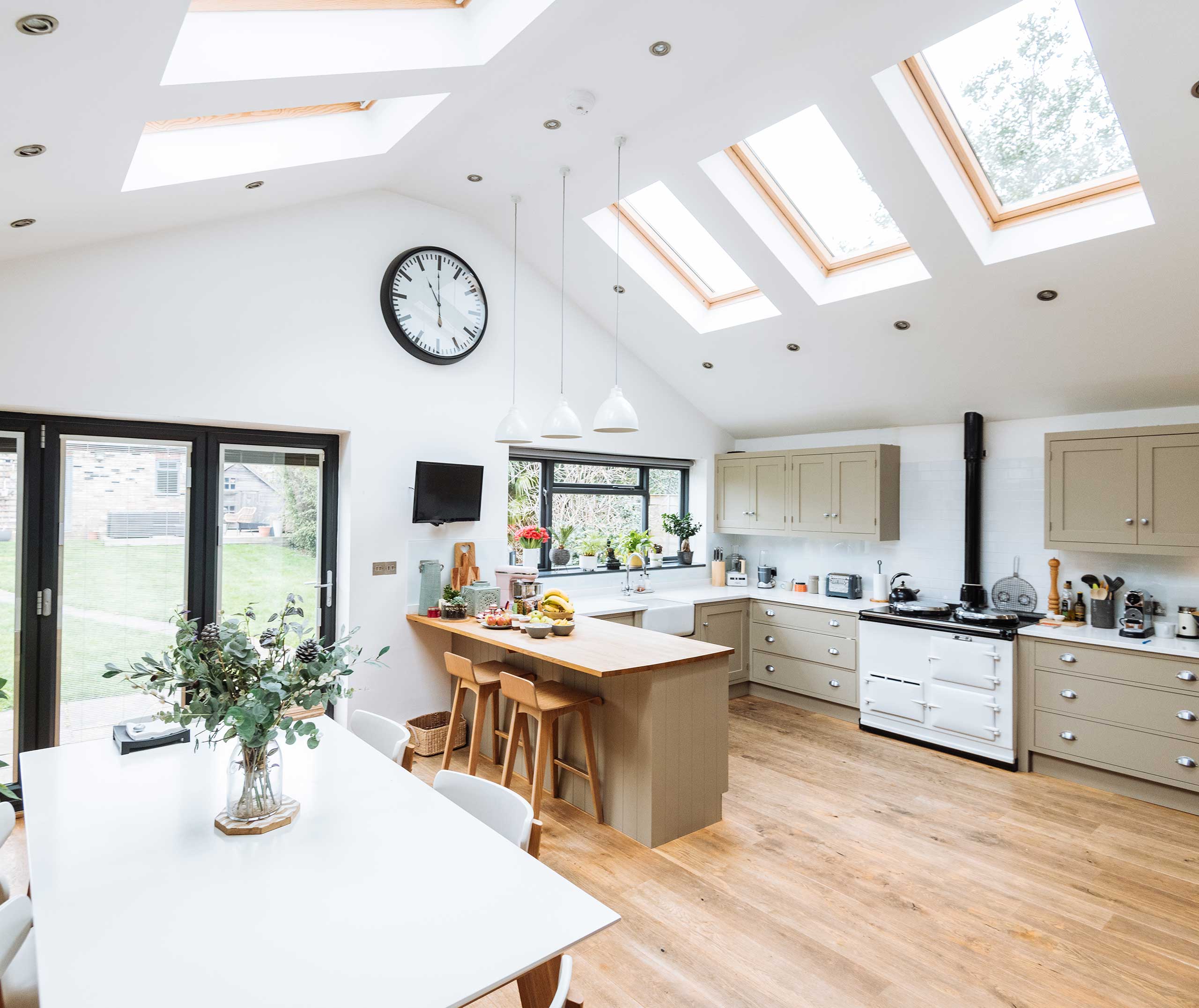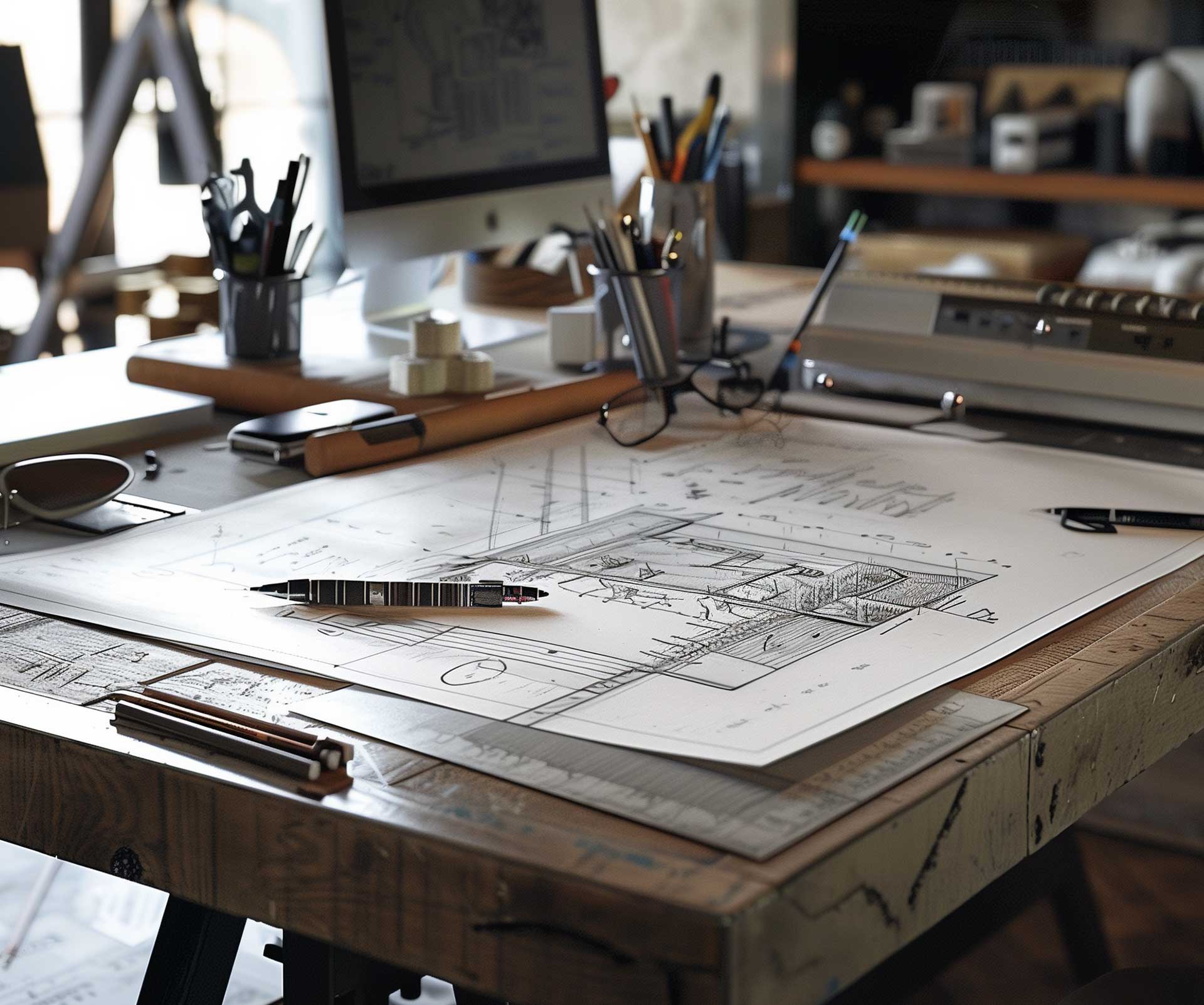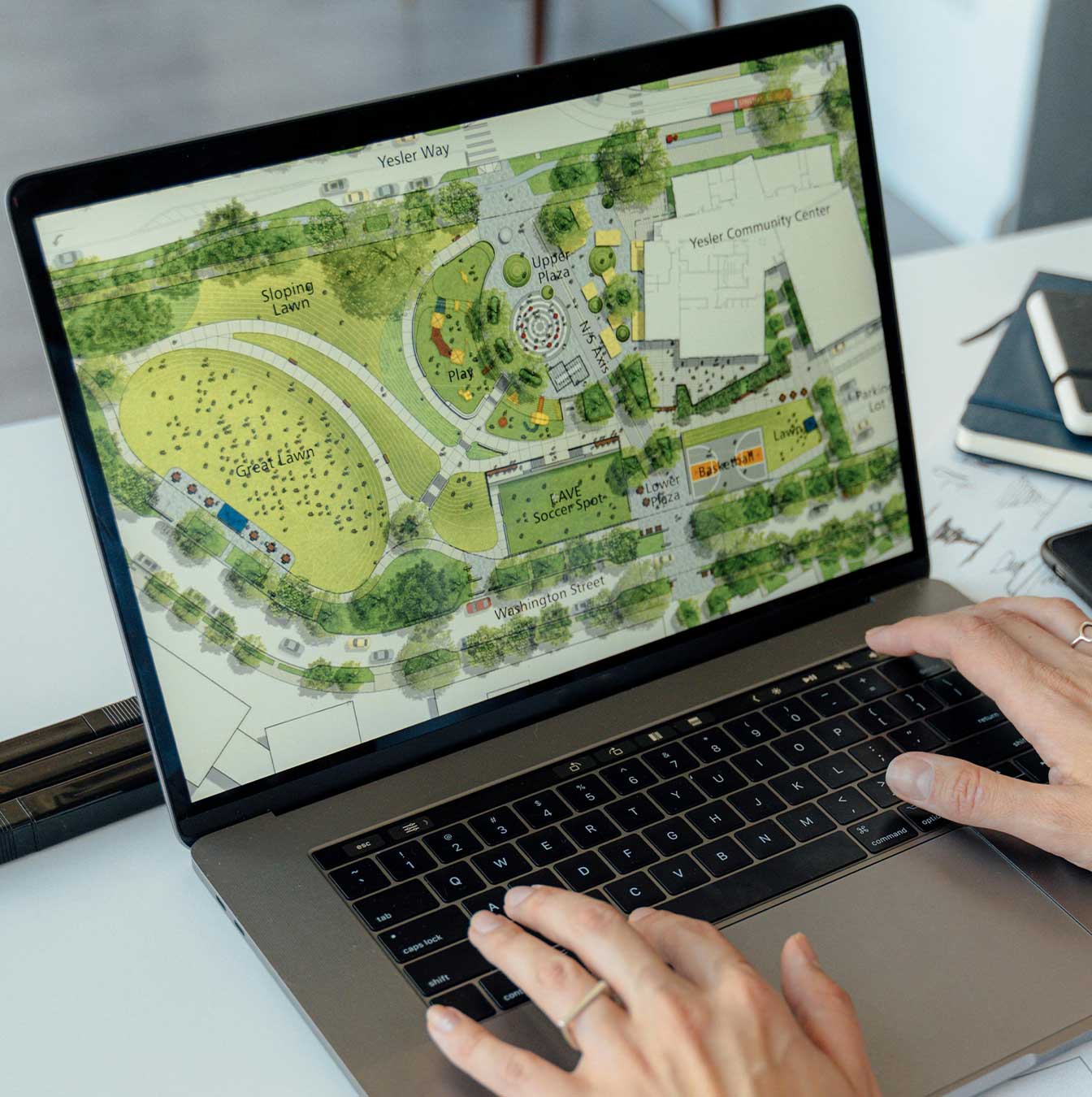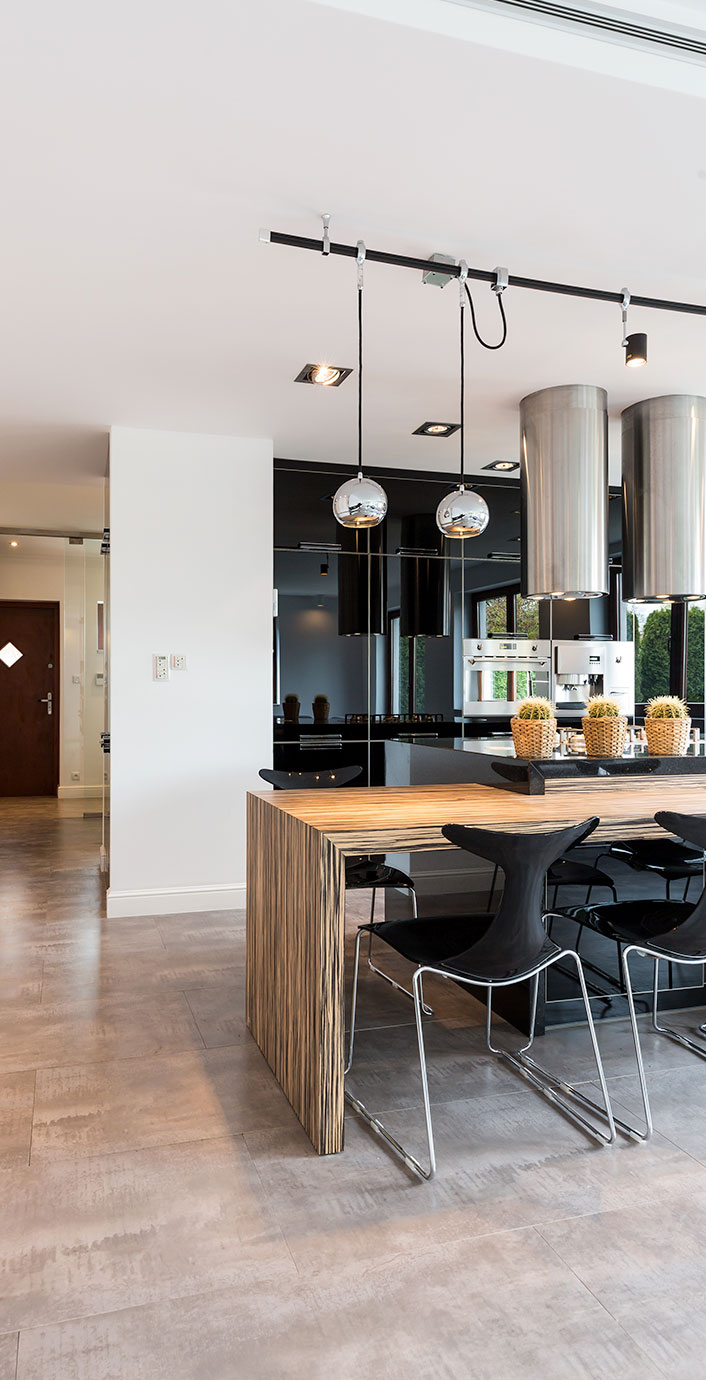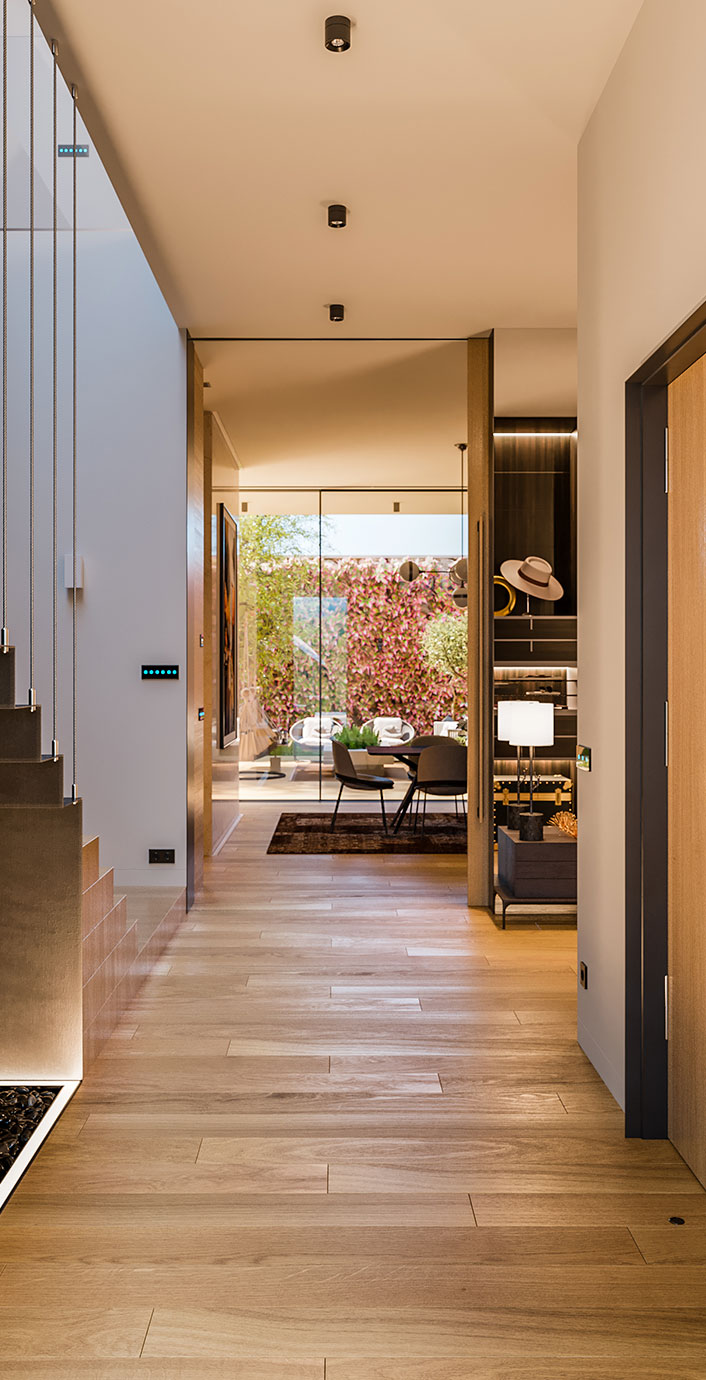Your home should reflect the way you actually live. Whether you’re working from home, love hosting, or crave peace and quiet, here’s how to create a space that feels truly yours.
As architects, we believe every home should be as unique as the people who live in it. Great design goes beyond how things look; it’s about how a space supports your daily life. Maybe you thrive in a lively kitchen full of friends, need a quiet spot to take Zoom calls, or dream of a calm retreat where you can truly unwind. Whatever your lifestyle, your home should make it easier and more enjoyable.
Here’s how to design a space that works for you:
1. Think About How You Actually Live

Before jumping into finishes or furniture, take a step back and reflect on your everyday life. Are you someone who cooks dinner most nights, or is your kitchen mostly for coffee and conversation? Do you live for quiet evenings in or love having a full house? Maybe you need a spot to focus during the day and a space to decompress at night. Getting clear on what matters most in your routine will help you make smart design choices that truly serve your needs.
Designing for your lifestyle starts with observation. Take a few days to pay attention to where you naturally gravitate in your current home. Do you spend most of your time in the kitchen, the living room, or your bedroom? Are there areas you never use or ones you wish you had? Identifying the rhythms of your day helps inform not only how your spaces are laid out but how they should feel and function.
Instead of starting with Pinterest boards or design trends, start with you. When a home is built around real life, it naturally becomes more comfortable and efficient.
2. Make Room for Focus (If You Work From Home)
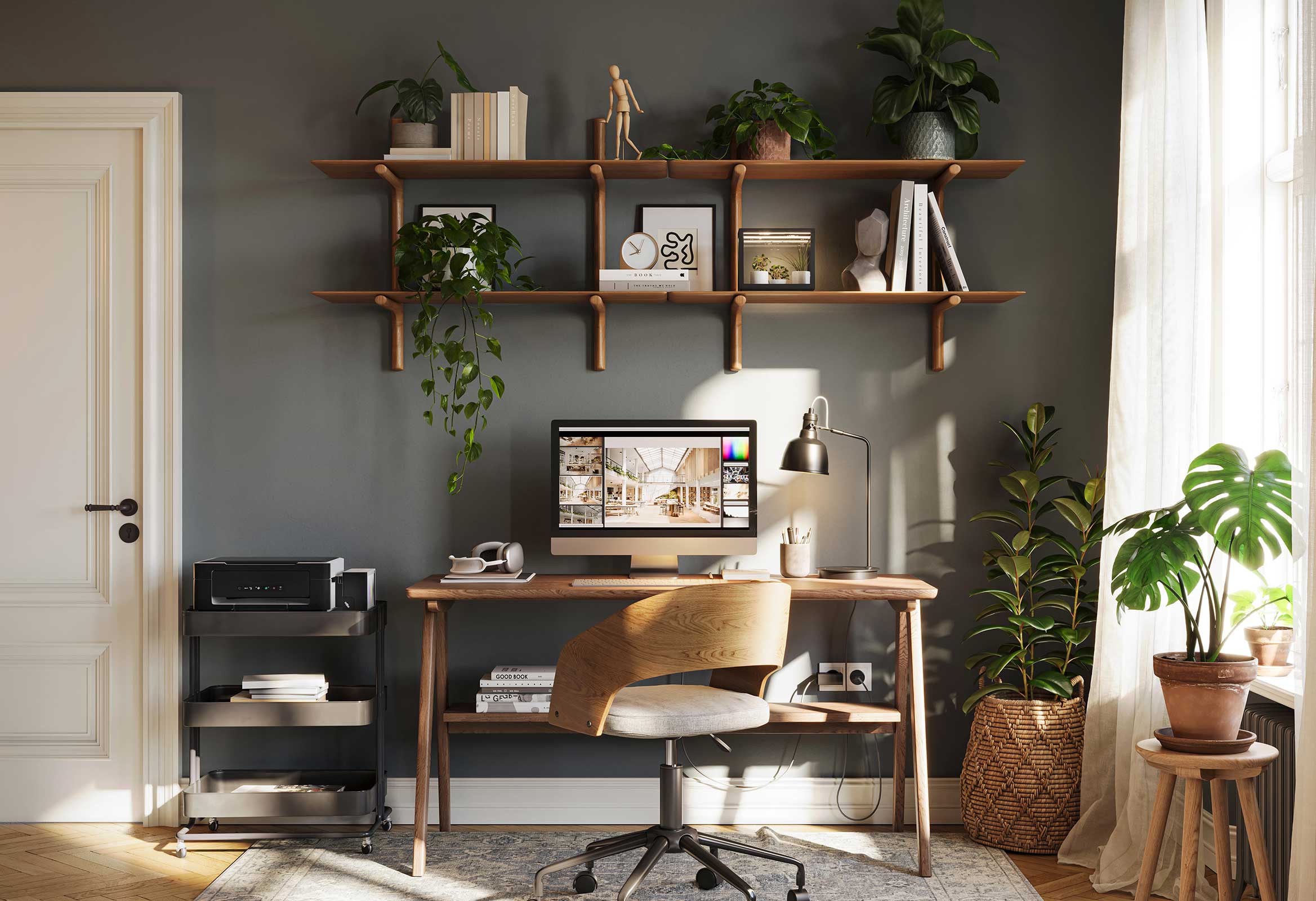
Working from home has become the norm for many of us, and carving out a focused, comfortable workspace is essential. A dedicated office, even a small one can go a long way toward separating work from the rest of your life. Try to position your workspace where there’s plenty of natural light, and make sure it’s set up to support your posture and workflow.
If you’re sharing your space with others during the day, some level of sound insulation can help preserve your concentration. The goal is to create an area that lets you feel productive without making the rest of your home feel like an office.
A great home office doesn’t need to be big or formal, but it does need to feel intentional. Think about how you work best: do you need absolute quiet, or do you thrive near a window with a view? Can you take calls in your space without distractions, or do you need better acoustics? Beyond physical design, mood and mindset matter too. Incorporating plants, warm textures, and subtle lighting can help create an environment that supports both focus and calm. For many of our clients, we’re now designing hybrid spaces that can flex between work and rest: a small desk nook in a bedroom, or a library wall that doubles as a Zoom backdrop.
Your work-from-home setup doesn’t have to feel like a compromise.
3. Design for Connection
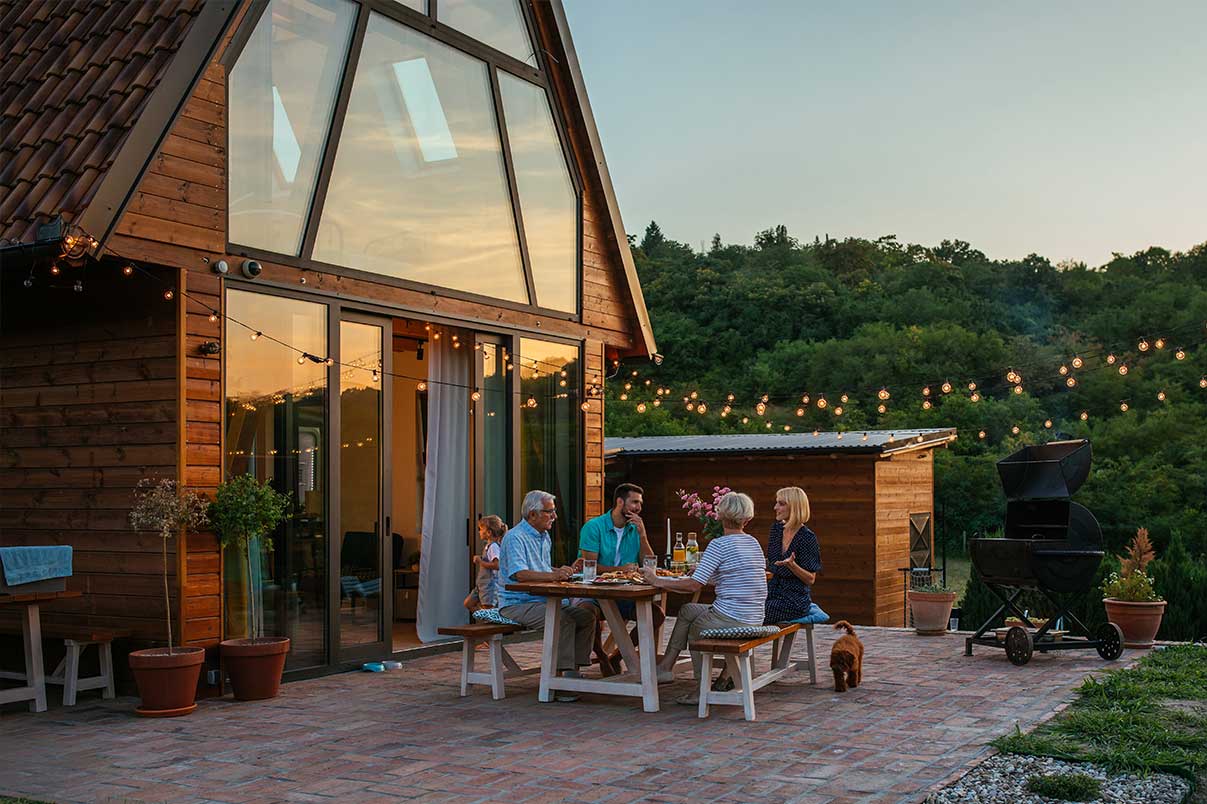
If your home is your social hub, you’ll want spaces that make it easy and enjoyable to connect with others. An open-plan layout helps conversations flow, and a generous kitchen island can serve as a natural gathering spot.
Think about how guests move through your space and how you can create a sense of welcome without overcrowding. Easy access to outdoor areas like a deck or patio can help expand your entertaining space and give your home a breezy, relaxed feel.
Hosting is about more than space, it’s about atmosphere. Think about the mood you want to set when friends or family walk through your door. Do you want an airy, sunlit space with an open kitchen for casual brunches, or something more intimate and moody for dinner parties? We often recommend incorporating a mix of seating types, bar stools at the island, a big dining table, and a cozy lounge area.
Lighting also plays a key role: dimmable fixtures, layered lamps, and candles can shift the vibe from daytime gathering to evening soiree. And don’t forget storage. A hidden bar, appliance garage, or oversized pantry can keep the entertaining zone looking tidy while staying fully functional.
4. Create a Retreat
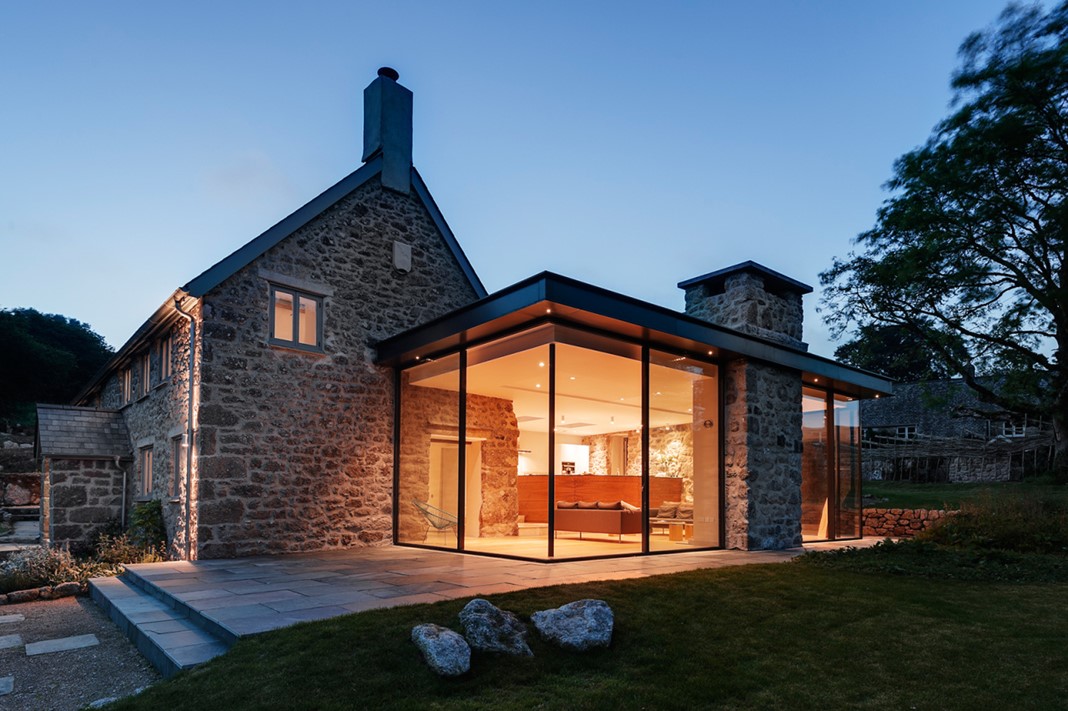
For some, home is about retreating from the noise of the world. If that’s you, prioritize privacy, softness, and calm. Your bedroom and bathroom should feel like a sanctuary space where you can unwind with a good book, a warm bath, or simply some quiet.
Use materials and colors that feel soothing, and consider features like a reading nook, a window seat, or layered lighting to create a peaceful mood. This is your place to breathe deeply and recharge.
Creating a restful retreat starts with the senses. Soft textures underfoot, calming wall colors, and the gentle rustle of curtains in a breeze can make an enormous difference in how a space feels.
Think about sound: Can you hear street noise or other parts of the home? Adding acoustic insulation or thicker window treatments can create a sense of separation from the outside world. Lighting matters too not just how bright it is, but how easily you can adjust it. Dimmable lights, wall sconces, and warm bulbs help you wind down at your own pace. If possible, consider positioning restful spaces away from the busiest parts of the house. And don’t underestimate the power of simple rituals: a well-placed bench to take off your shoes, a reading light above the bed, or a bath with a view of the sky can turn ordinary moments into meaningful pauses.
5. Plan for the Future
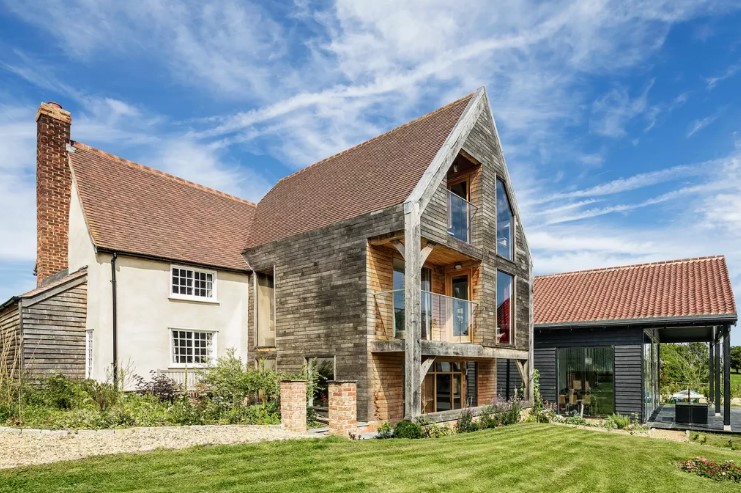
Life changes, and your home should be ready to change with you. Maybe that means having flexible spaces that can evolve like a guest room that becomes a nursery, or a home office that doubles as a creative studio.
Smart storage helps reduce clutter and gives you more freedom to adapt your space. And if you’re planning to stay long-term, it’s worth considering features that support aging in place or multi-generational living.
Design that’s built to flex will always serve you better in the long run.
Future-proofing your home doesn’t mean giving up personality or style, it means building resilience. Think of rooms that can easily shift in purpose as your needs evolve.
A well-proportioned den can serve as a playroom today and a teen hangout or media room down the line. Clever design solutions, like built-in shelving, under-stair storage, or movable partitions, can add versatility without adding square footage.
Consider your long-term goals, too. Will stairs become a challenge? Is there space for a ground-floor bedroom? Do you envision adult children moving back home or aging parents staying for extended visits? As architects, we think through not just how a home looks today, but how it can continue to support your life in five, ten, or even twenty years.
Final Thoughts
The best homes don’t just look great, they make your life better. As architects, we’re here to help you design a space that reflects who you are, how you live, and what you value most. Whether you’re building from the ground up or rethinking a space that no longer fits, thoughtful design can transform the way you live every day.
A well-designed home becomes an extension of you. It supports your routines, adapts to your needs, and elevates your daily experiences. When a space is truly tailored to the people who live there, it naturally becomes more beautiful, functional, and fulfilling. That’s the power of designing with intention.
We’ve seen firsthand how meaningful it is when a home “just works.” It’s not about square footage or luxury finishes, it’s about alignment. Alignment between space and lifestyle, between beauty and practicality, between how you live now and how you hope to live in the future.
Our role is to help uncover those connections, ask the right questions, and translate your values into spaces that feel just right.
If you’re thinking about starting a project, we’d love to hear more about how you live—and how we can help shape a home that fits you perfectly.
We offer a free 30 minute consultation so that we can find out more about what you’re looking for from an architect and to discuss how we can help. Book your consultation here.

